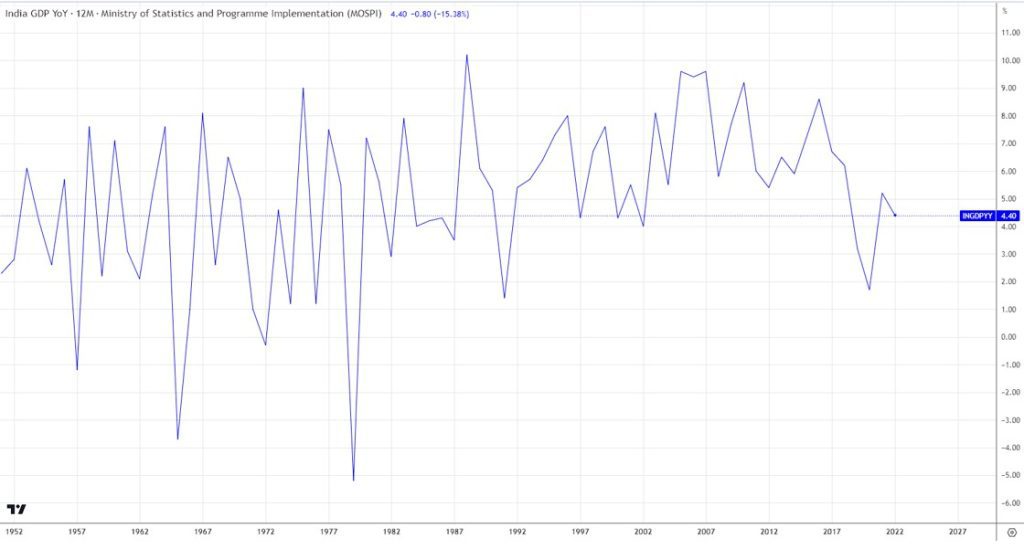India is one of the fastest growing economies in the world, attracting more and more attention from investors and entrepreneurs. It holds considerable potential in information technology, tourism, energy, and various other industries and boasts one of the largest economies globally (ranking fifth in terms of GDP).
Agriculture plays a dominant role in India’s economy, contributing around 17% to the country’s GDP. India is a significant exporter of tea and spices while also cultivating various cereals, vegetables, and fruits.
The industrial sector is another crucial component of the Indian economy. India has successfully developed industries such as textiles, electronics, etc. and stands as one of the largest automobile manufacturers globally.
India’s appeal as a tourist destination has also surged. Tourists come to India to enjoy its natural beauty, explore historical sites, and savor local cuisine. The tourism industry alone contributes around 8% to India’s GDP.
The energy industry accounts for about 4% of India’s GDP. In recent years, the country has been actively constructing new power plants and harnessing renewable energy sources like solar and wind power.
However, one of the main challenges faced by the Indian economy is its high levels of poverty and unemployment. According to the World Bank, about 25% of India’s population lives below the poverty line, and the unemployment rate stands at approximately 8%. Nevertheless, the Indian Government is implementing proactive measures to alleviate poverty and unemployment through social protection programs, education, and healthcare initiatives.
Another concern of the Indian economy is the high rate of population growth. According to UN forecasts, by 2050 India’s population will reach 1.6 billion people, leading to a significant increase in demand for resources and energy. In response, the Indian Government is actively promoting the development of a green economy to reduce greenhouse gas emissions and preserve natural resources.
Foreign investment plays a crucial role in the development of the Indian economy. India has entered into free trade agreements with numerous countries, which facilitate the inflow of capital and technology. In recent years, the Indian Government has been actively working on improvement of the investment climate. However, corruption and bureaucracy remain persistent challenges that can hinder India’s economic growth.
Inflation in India has been on a declining trend according to the latest economic calendar data. In April 2023, it dropped to 4.7% compared to 5.66% in March and 6.44% in February.

In 2022, the GDP growth rate was 4.4%, which is lower than the previous year. It is important to await the results of 2023, and it is highly likely that they will surpass the current figures. The reasons for this will become evident shortly.

India stands as one of the world’s largest markets for the information technology industry. In 2022, IT company sales in India reached a record $136 billion.
Furthermore, India’s banking system is experiencing rapid development, attracting greater foreign investments and confidence in the country’s currency and economy. The country is gradually recovering from the pandemic-induced crisis, and as of January 1, 2023, investments amounted to $1.857 billion.

The rivalry between India and China stands as the primary factor influencing India’s economic development. Both India and China (the largest economies in South and East Asia, respectively) possess substantial reserves of natural resources, including oil, gas, coal, metals, and minerals. They aspire to become major exporters of goods and services and compete for attracting foreign investment.
By comparing the main indices of India (NSE:NIFTY) and China (SSE:000001), it becomes evident that while the latter faces challenges, the former is experiencing active growth.

In general, the Indian economy exhibits significant potential for further development and growth. The Indian government continues its efforts to improve conditions for businesses and investors, while also addressing poverty and enhancing quality of life for its citizens.


































